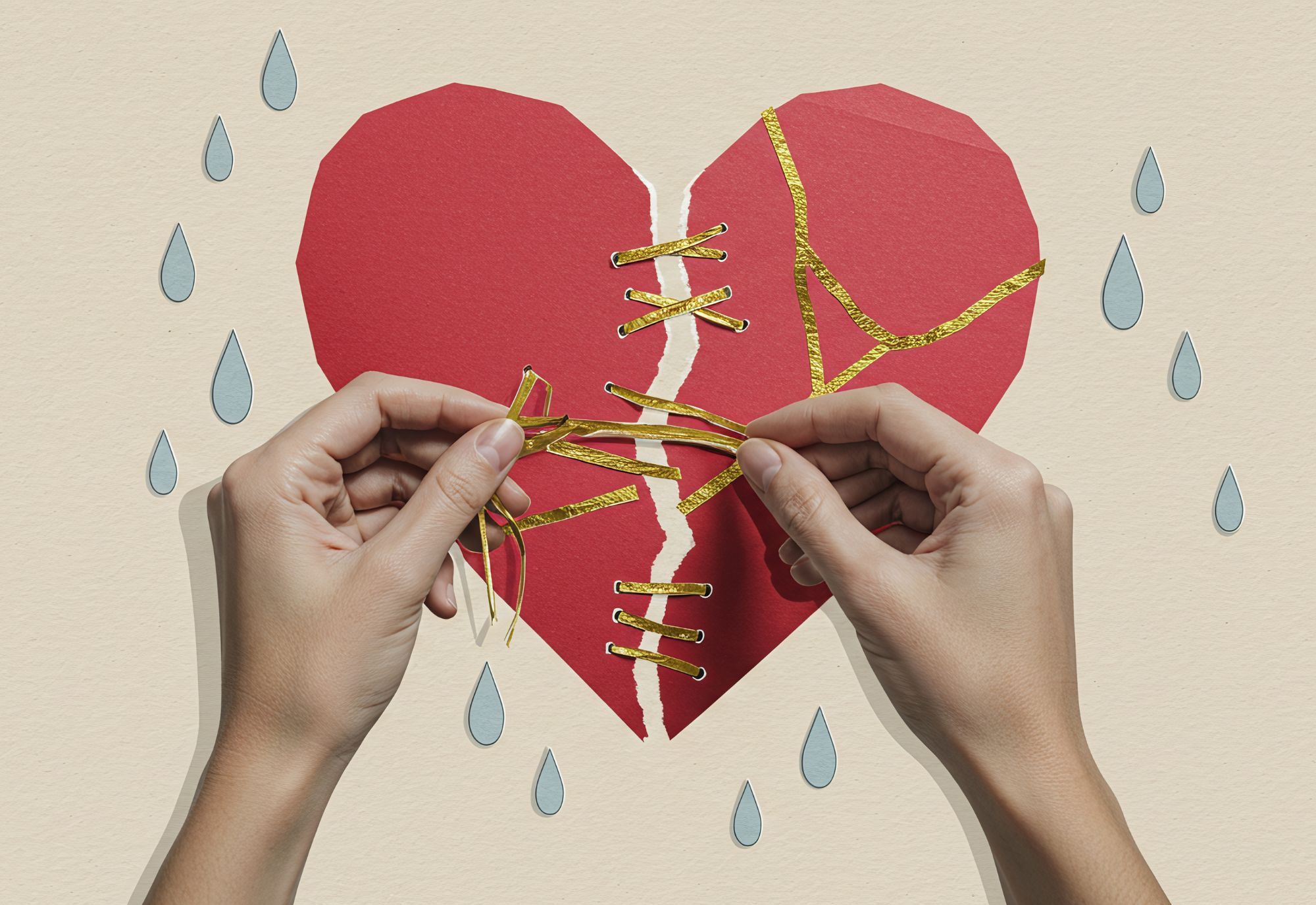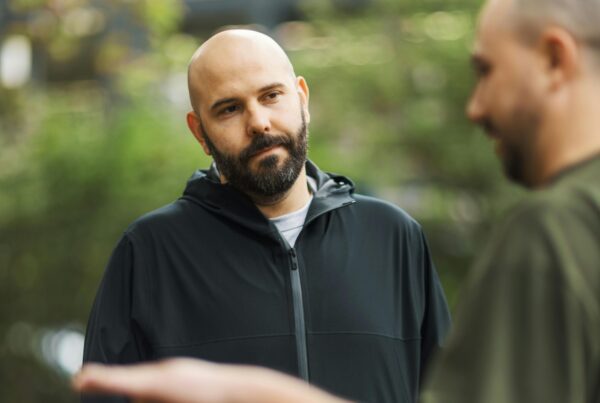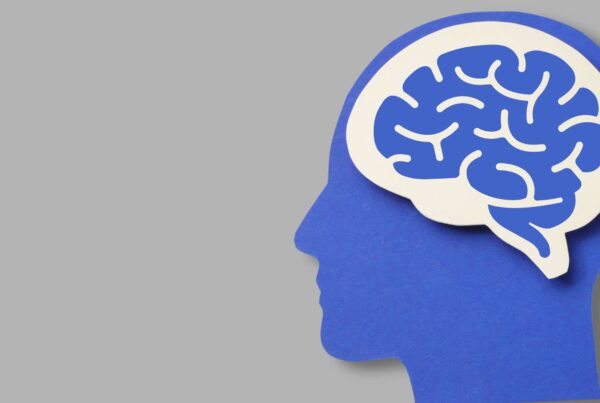Many of us grow up promising ourselves that we’ll “do things differently” than our parents did. But when stress, relationships, or parenting challenges arise, we sometimes find ourselves reacting in familiar ways — ways that don’t align with the kind of parent or partner we want to be. This isn’t because you’re failing. It’s because patterns rooted in early experiences run deep — and working with a trauma therapist can help you understand and gently change them.
Breaking the cycle of negative parenting patterns isn’t about blame. It’s about awareness — understanding where these reactions come from and creating space for something new to grow.
What We Inherit Beyond Genes
Parenting patterns are learned long before we become parents ourselves. They develop from what we experienced, what we witnessed, and even what we didn’t receive. You might recognize traits such as:
- Difficulty showing affection or emotional openness.

- Using criticism or control as a way to feel safe.
- Struggling with boundaries — either too rigid or too loose.
- Feeling triggered by your child’s emotions because they mirror your own unmet needs.
These behaviors often stem from unhealed trauma — from environments where love was conditional, emotions were dismissed, or survival took precedence over connection. A trauma therapist helps unpack how your nervous system adapted to those early experiences and how those adaptations show up today.
The Nuance of Trauma and Parenting
There’s no single roadmap for healing because every person’s story is unique. Some clients grew up in households that looked “fine” from the outside but were emotionally unpredictable. Others carry the impact of overt abuse, neglect, or chronic criticism.
Trauma can manifest as overprotection (“I can’t let my child struggle the way I did”) or emotional distance (“I can’t handle their feelings”). It might show up in perfectionism, irritability, or shame when parenting doesn’t feel natural.
The truth is, these patterns don’t form out of malice — they form out of coping. A trauma-informed lens understands that what looks like reactivity or disconnection often began as a form of self-protection.
How Therapy Helps Break the Cycle
Healing generational patterns takes time, safety, and compassion. Therapy offers a space to explore the “why” behind reactions and practice new ways of relating — both to yourself and others.
Here’s what that process might look like:
1. Building Awareness Without Judgment
The first step is noticing — catching the moments you respond automatically. In therapy, you learn to pause, reflect, and name what’s happening: “I feel my body tense when my child cries.” This awareness creates choice where there once was only reaction.
2. Understanding the Roots
A trauma therapist can help you trace emotional patterns back to their origins — perhaps a time when your own needs were unmet or when you learned that vulnerability wasn’t safe. Understanding isn’t about assigning blame; it’s about giving context to your emotional world.
3. Regulating the Nervous System
You can’t change patterns from a state of fight, flight, or freeze. Therapy often includes grounding techniques, mindfulness, and somatic work to help the body feel safe enough to try new behaviors.
4. Rewriting Internal Narratives

Many parents carry internalized messages like “I’m not good enough” or “I’ll ruin everything.” Through compassionate work, those beliefs can soften and shift into “I’m learning,” or “I can do things differently.”
5. Practicing Repair
No one parents perfectly — and that’s not the goal. The real healing often happens in moments of repair: when you acknowledge, apologize, and reconnect. Modeling repair teaches your children that relationships can hold imperfection and love at the same time.
Healing at Your Own Pace
Breaking long-standing cycles takes time. Some weeks, it will feel like you’re making progress; other times, old patterns may resurface. That’s part of the process. Healing isn’t linear — it’s layered and deeply personal.
Working with a trauma therapist means you don’t have to navigate this alone. Together, you can create a path that honors your story, supports your nervous system, and helps you build relationships rooted in safety and authenticity.
Breaking the cycle doesn’t erase your past — it transforms your relationship to it. Each moment of awareness, each small shift, is an act of courage. And in that courage lies the possibility of change — for you, and for the generations that follow.





